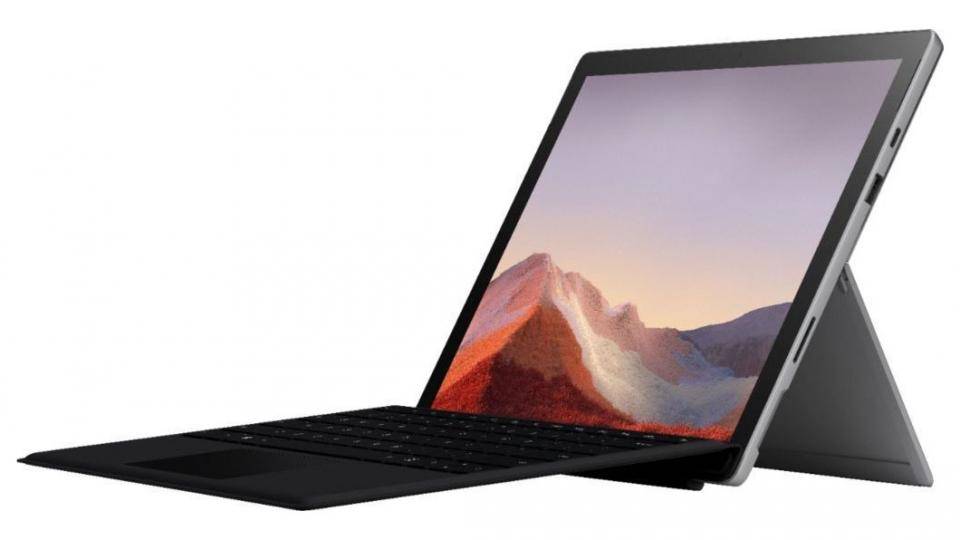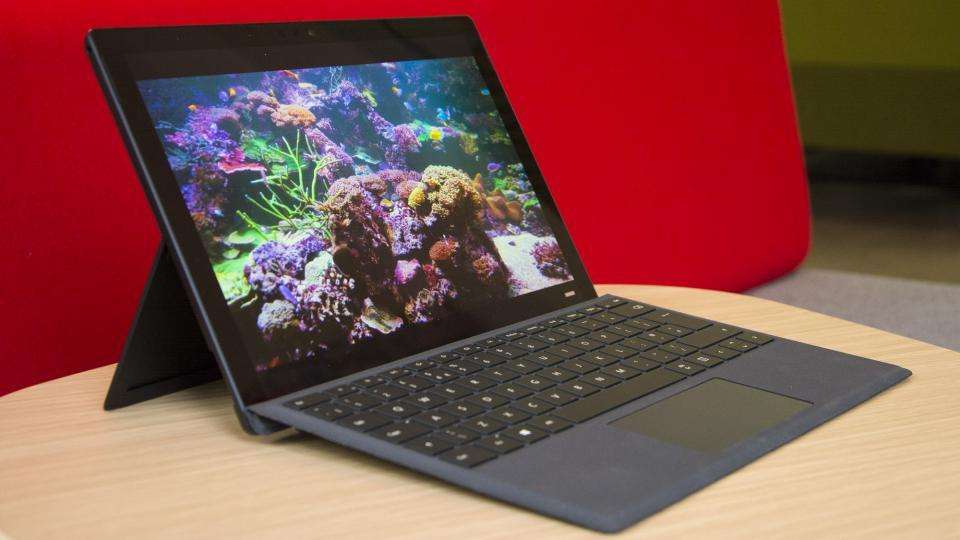Microsoft is a mere day away from introducing a suite of new Surface products to the world. We’re almost certain that this year’s New York event will celebrate the arrival of the Surface Pro 7, alongside a smaller Surface 7 2-in-1, the Surface Laptop 3 and an as-of-yet unnamed dual-screen device currently known as Centaurus.
Of course, nothing is certain, but a recent spate of leaks has done plenty to confirm our suspicions.
As it stands, the Surface Pro 7 is likely to be an incremental upgrade to last year’s Surface Pro 6 . Reports suggest that the new 2-in-1 will finally adopt the USB Type-C port (a running theme for this year’s Microsoft event) and will lose MiniDisplayPort and USB Type-A support as well. Courtesy of leaker Evan Blass, we now have a good idea of what it will look like, too:

You can expect to find an Intel chip inside this year’s Surface Pro 2-in-1, as per usual. If the rumours are to be trusted, little has changed on the design front, either: one report describes the Surface Pro 7 as having a more classic look, which in simple terms means it will resemble its predecessor.
If you were hoping for something more interesting, don’t worry; Microsoft is pairing the Surface Pro 7 with a standard Surface 7 2-in-1 tablet that will supposedly buck the trend a little. The Surface 7 reportedly looks a bit like the latest iPad Pro, with slim bezels and a resulting surplus of screen. It too will at long last support USB Type-C.
This new 2-in-1 could potentially rely upon a Qualcomm system-on-a-chip (SoC), which would mean two things: that the Surface 7 will support 4G connectivity, and that Microsoft is seeking out chip suppliers other than Intel. Both of these things are unusual for Microsoft, and yet neither are isolated incidents: the Surface Laptop 3 will reportedly use an AMD SoC rather than the usual Intel version.
Of course, nothing is set in stone, and the most we can do now is theorise. Check back soon for our coverage of the Microsoft October event, where – hopefully – a little more light will be shed on the new Surface family.

